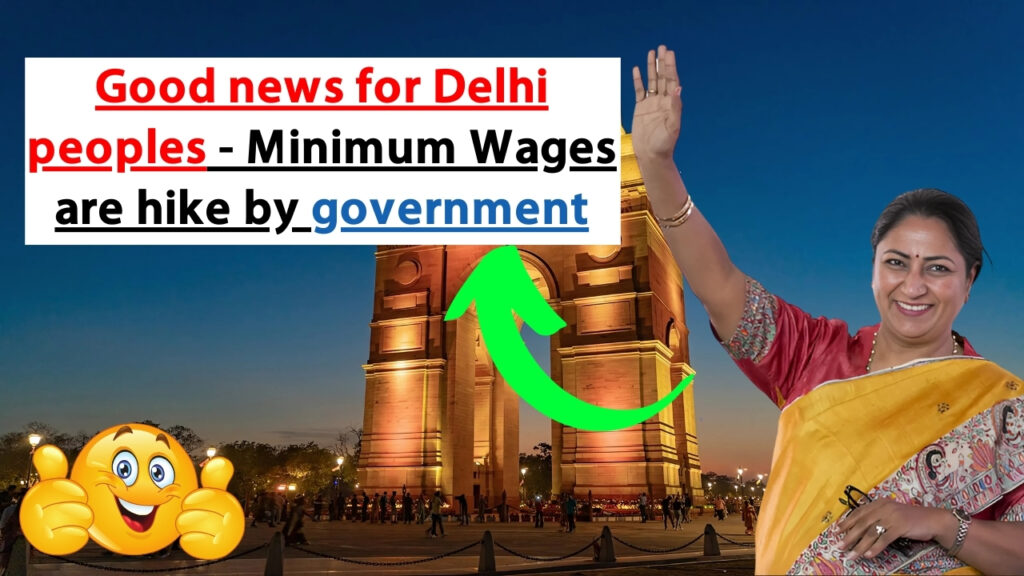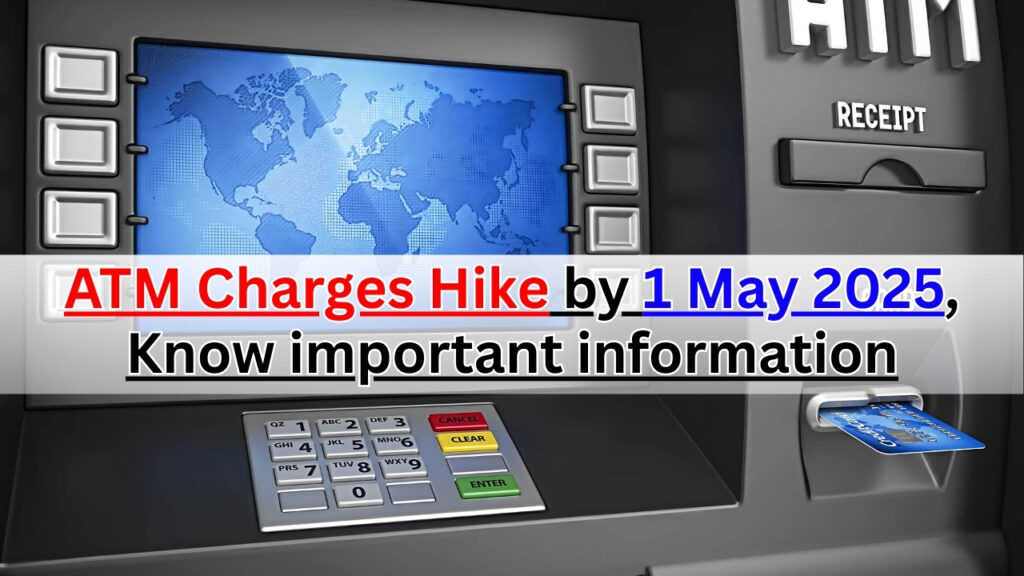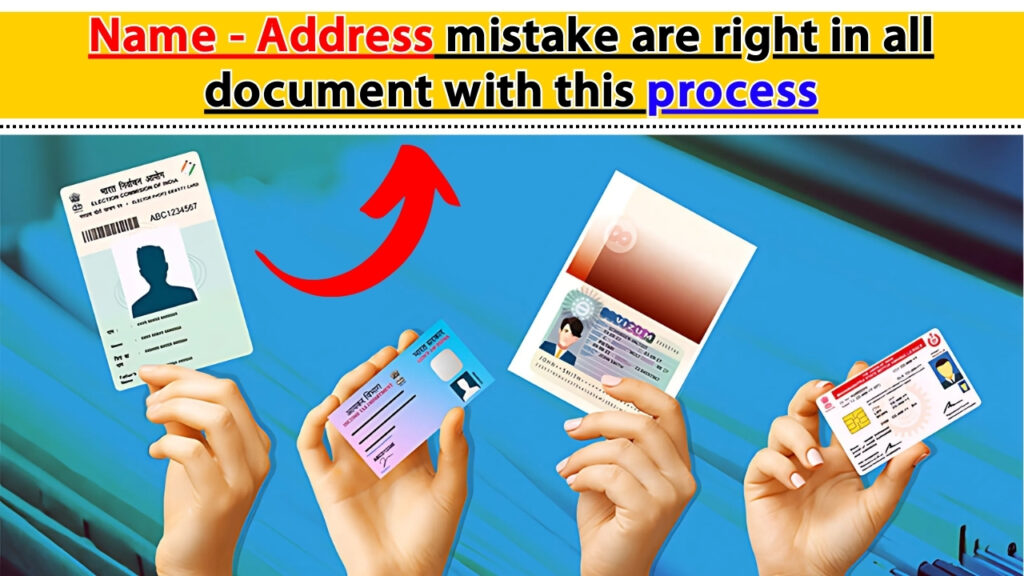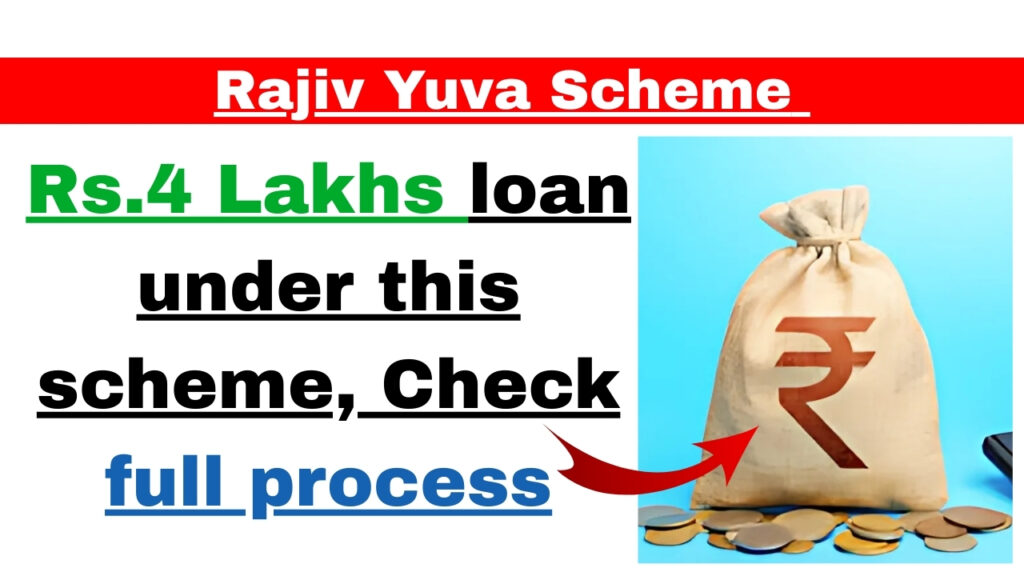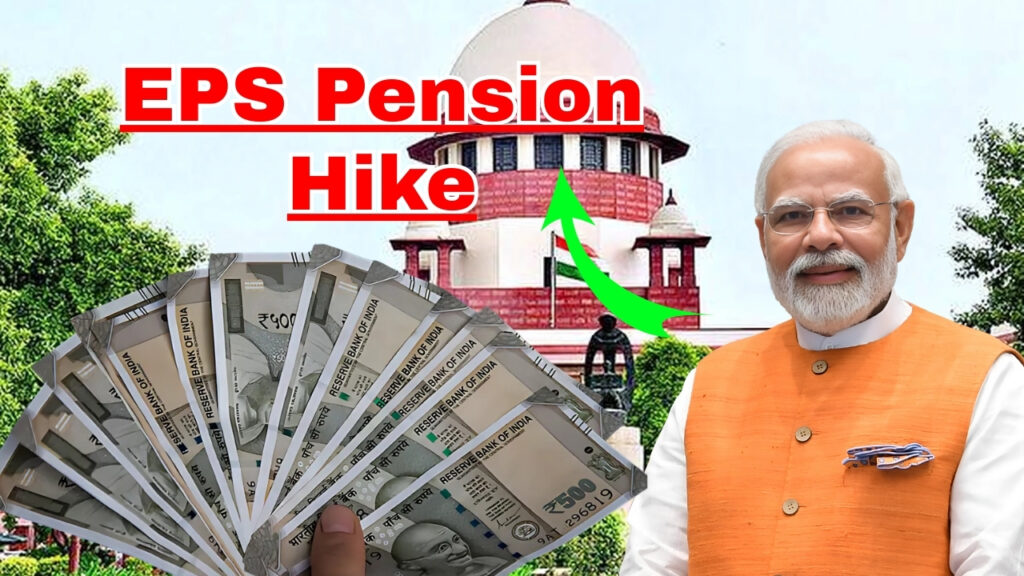Gas Cylinder : IN a move that would affect millions of households in India, the Union Ministry of Petroleum and Natural Gas has unveiled a road map for a complete makeover of LPG cylinder rules from May 1, 2025.
The sweeping changes are designed to overhaul the decades-old distribution system, improve safety standards and incorporate cutting-edge technology into the cooking gas ecosystem, which is the lynchpin of most Indian kitchens.
Titel These upcoming rules, which have been under preparation for more than two years, are the government’s reaction to changing consumer demands, environmental concerns, and digital transformation plans. A
lthough the changes should make the sector more efficient and safe they will be a rude shock for anyone used to “living in the wild west” of our current regulatory system.
Table of Contents
Gas Cylinder Compulsory Introduction of e-verification System
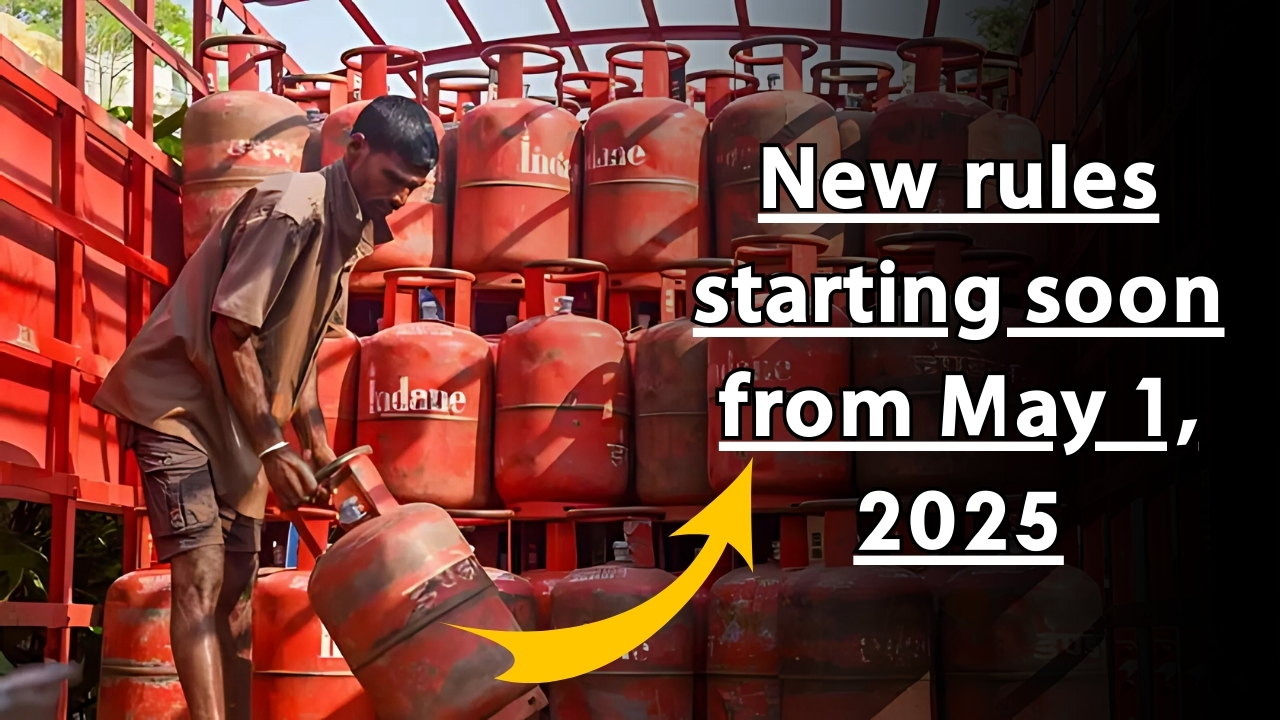
The most significant of these changes is the introduction of a completely digital identification system for cylinder deliveries from May 2025:
-
Identity Verification through Biometrics: Delivery persons will be equipped with portable biometric devices to ensure consumer identity by either using fingerprint or facial recognition before delivery of product.
-
Special cases exemptions: Senior citizens and physically challenged consumers can nominate an authorized representative whose biometrics will be valid for the purpose along with three other members of their family.
-
Paper Documentation: They will also remove all the current paper delivery dockets that will be replaced with digital ‘confirmation of service’ sent by SMS, also accessible from customer portals and will do so in full.
The need, said Prakash Yadav, who has three gas distributorships in Madhya Pradesh, is to “put an end to a cumbersome system based on paper receipts and on signature that can be forged.” The biometric check system has almost totally eliminated any risk of diversion to non-legitimate beneficiaries and at least the subsidized cylinders are reaching the intended users.”
Some privacy advocates have been wary of the data collection aspects, but officials stress that biometric information will be confirmed against the preexisting Aadhaar database rather than the government’s establishing fresh barriers of sensitive information.
New Cylinder Design Standards
A second big difference concerns the actual cylinders that will be used, coming in for the first time in decades:
-
Smart Cylinders Technology: The new cylinders will include RFID tags and QR codes which are connected to a central database which will maintain the history of manufacture date, testing certification and maintenance thereof.
-
Weight Assurance: Delivery personnel will carry calibrated digital scales to ensure accurate cylinder weight at time of delivery, assuring a safe and reliable service for consumers who have worried for years whether their delivered cylinder has been partially consumed before arrival to their tank.
-
Colour-Coded by Age: There will be a system in place where cylinders will be colour-coded as to which age bracket they fall in, and those made prior to 2015 set for mandatory scrappage no matter the condition.
Composite cylinder Lighter-weight composite (around 50% lighter compared with metal ones) cylinders will be introduced for urban areas and those due to change will be replaced gradually up to 2030.
Sunita Mehta, a safety officer with a leading LPG distribution company says, “The existing metal cylinders have met our needs but are heavy, tend to rust more in coastal areas, and lack modern safety facilities. These new design standards greatly reduce the danger of accidents and make it easy to carry heavy gas cylinders for elderly users.”
Gas Cylinder Amended Booking and Delivery Schedule
The cylinder booking system will be restructured to bring about efficiencies in delivery:
-
Advance Booking Window: The system will prompt for advance booking up to 7 days before empty status (although currently it is not supported)by AI algorithms that estimate usage based on household consumption history.
-
Time-Slot Selection: Customers will be able to select their 3-hour delivery window instead of the daylong ambiguity that exists currently with a small fee to opt for some of the premium slots.
-
Neighborhood delivery efficiencies: Deliveries will run in neighborhood clusters on consolidated days of the week to optimize delivery and with each neighborhood having 2-3 consolidated days every week for routine deliveries.
-
Emergency Delivery: An “emergency delivery” level will ensure same-day delivery (with real emergencies only) for an extra fee and will be subject to a dedicated verification process.
Ramesh Kumar, a retired oil company executive who advised on the regulations, justifies the rationale: “It is the existing on-demand model that makes inefficient delivery routes where drivers keep crossing neighborhoods number of times.
Through our ability to schedule deliveries so that they are optimised geographically, we are able to lessen fuel consumption and lower carbon emissions and at the same time, give customers the added convenience of a delivery window so that the delivery will be on a time that they can predict.”
Gas Cylinder Enhanced Safety Protocols
Here are some of the safety improvements integral to the 2025 rules:
-
Safety Inspections Required: Inspector must visit once a year to check that it is installed correctly and issue a safety certificate to ensure continuing service.
-
Requirement of Gas Leak Detector: Urban Gas customers will be mandated by Dec 2025 to install authorized gas detection devices with financial support for low income sections.
-
Auto-Shut Off Regulators: These new regulator types will be introduced which incorporate an automatic shut-off mechanism when a gas pipe is torn off (leak). They will become mandatory for all installations by 2027.
-
Enforcement of Installation Standards: Minimum distances from flames sources will be strictly enforced and photographic evidence will be required at time of safety certification.
 “There has always been something on paper on safety standards, but the implementation has been sporadic,” said Lakshmi Narayan, who comes from family of gas agency operators in Kerala and has been in the business for 3 generations. The new protocols add a layer of accountability with documentation and verification, which can avert hundreds of accidents each year.”
Gas Cylinder Reform of Subsidies and Price Transparency
But the most bottom-line-altering differences have to do with how subsidies are determined and administered:
-
Dynamic Subsidy Model: Instead of providing the same static subsidy value, it will be a percentage amount that changes with market price swing.
-
Income Based Targeting: Subsidy amounts will be different according to household income brackets, following the present one-size fits all, through income tax assessments.
-
Online Subsidy Management Account: Consumers will have the ability to view, for their own account online, their past, current and future available subsidies.
-
Clear Price Breakup: The bill will display base price, taxes, other levies, freight and dealer commission separately.
“The new one will remove existing inefficiencies in the allocation of subsidy,” says Vikram Singh, an economist working on energy subsidy at a think tank in Delhi.
By redirecting larger subsidies to low-income homes and supporting those in the middle of the income distribution partially, the government could do much better in social terms without actually increasing the subsidy bag,” Végh emphasized.
When the Rollout Occurs and What Consumers Can Do
A multi-phase transition plan is outlined in the implementation plan:
May 1, 2025: New regulations come into full force May- July 2025: Transitional phase with both the old and new system coexisting 01 August 2025: Mandatory digital strapping deadline commences 01 January 2026: Phasing out of old cylinder models commence 31 March 2026: Deadline for installation gas leak detector
In order to be ready for these changes, consumers are urged to:
-
Update consecutive information: Ensure mobile no, Aadhaar, address is updated in gas agency.
-
Install Faculties: Schedule a preliminary “install” of existing installation to find any updates that would be necessary for it to comply with the new safety guidelines.
-
Save for Safety Gear: Budget for the purchase of necessary gas leak detectors and enhanced regulators-assuming there might be a subsidy.
-
Get new app: You will have to download a new unified LPG services app (which will take off in January 2025) so that you can book and monitor the delivery.
“Although these changes might look like a shock, they are actually addressing many of the perennial demand grievances of the consumers vis-a-vis the LPG system,” says Deepak Sinha, president of a consumer rights group in Mumbai.
And preparation is key, so the earlier the better, and so much the better. Most homes will require some slight adjustment to their cylinder installations, and it is better to do this slowly than to rush it.”
With the change just months away, gas distribution companies are gearing up for the change, while some consumer advocacy groups prepare to help households seamlessly make the transition.
For the typical family, the changes will result in better service reliability and safety, and some effort to get used to new protocols and technologies as cooking gas in India shifts to the future.




